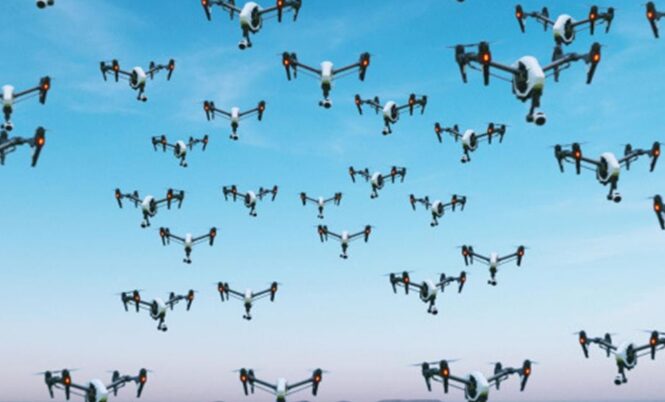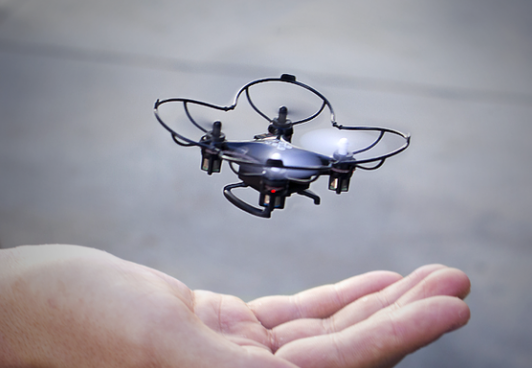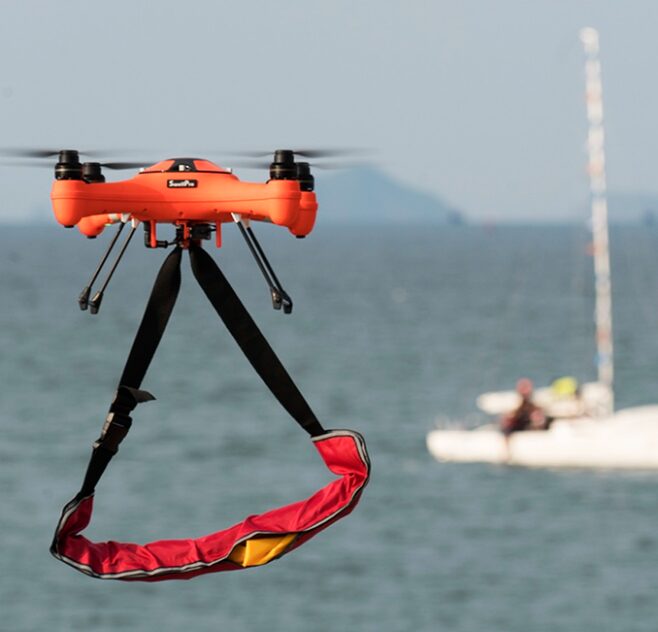The combination of drones, self-organizing networks, and pilot technology showcases significant application potential in low-altitude swarm flight. Below is a detailed analysis of this technology:
I. Drone Technology
Drones, as the core of low-altitude swarm flight, possess characteristics such as autonomous flight, flexible deployment, and efficient operation. The technology of drones has continuously evolved, from simple flight control to complex swarm coordination, and to integration with various sensors, expanding the application range of drones in low-altitude flight.
II. Self-Organizing Network Technology
Self-organizing network technology provides an efficient communication means for drone swarms. It enables rapid deployment and establishment of communication networks without relying on basic communication infrastructure. The self-organizing network module has the following characteristics:
1. Flexibility: Supports multiple communication protocols and frequency bands, adapting to various communication environments and needs.
2. Dynamism: Able to dynamically adjust the network structure based on the drones’ positions and movement states, ensuring continuous and stable communication.
3. Interference Resistance: Uses advanced interference resistance technology to effectively avoid interference and conflicts in wireless communication, ensuring the reliability of data transmission.
4. Cooperation: Supports collaborative work among drones, improving the operational efficiency and collaborative capability of the entire drone swarm through information sharing and task distribution.
In drone swarm flight, self-organizing network technology enables real-time communication and data sharing among drones, providing robust support for collaborative operations.
III. Pilot Technology
Pilots, as the direct operators of drones, have their skill levels directly affecting the safety and efficiency of drone swarm flight. Pilots need to master the following skills:
1. Basic Flight Skills: Including takeoff, landing, hovering, straight flight, and curved flight operations.
2. Advanced Flight Skills: Mastering flying skills in complex environments, such as night flying, flying in adverse weather, and obstacle avoidance.
3. Emergency Handling Ability: Training pilots to respond in emergencies to ensure flight safety.
4. Knowledge of Drone Systems: Understanding the structure, working principles, and flight principles of drone systems.
5. Laws and Regulations: Learning laws and regulations related to drones and flight management regulations to ensure that flight activities are legal and compliant.
As drone technology continues to evolve, the technical requirements for pilots are also increasing. Pilots must continuously learn and update their knowledge to meet the challenges of new technologies and applications.


IV. Low-Altitude Swarm Flight Technology
Combining drones, self-organizing networks, and pilot technology enables low-altitude swarm flight. This technology has the following advantages:
1. Efficient Collaboration: Real-time communication and data sharing among drones through self-organizing network technology improve the efficiency of collaborative operations.
2. Flexible Deployment: Drone swarms can be rapidly deployed to designated areas for large-scale operations.
3. Precise Operations: Drones can carry various sensors and devices to achieve precise data collection and processing.
4. Safety Assurance: Through pilot monitoring and control, the safety and stability of drone swarm flights are ensured.
In low-altitude swarm flight, drones can perform various tasks such as environmental monitoring, disaster rescue, and agricultural protection. These tasks often require multiple drones to work collaboratively to be completed more efficiently and accurately.
V. Application Prospects
Low-altitude swarm flight technology has broad application prospects in multiple fields. For example:
1. Environmental Monitoring: Using drone swarms for air quality monitoring, water quality monitoring, etc., improving monitoring efficiency and accuracy.
2. Disaster Rescue: After natural disasters like earthquakes and floods, drone swarms can quickly initiate search and rescue operations, covering large areas, timely locating trapped individuals, and delivering rescue supplies.
3. Agricultural Protection: Hundreds or thousands of small drones forming a swarm can quickly complete large-scale pesticide spraying, crop pest and disease detection, aiding the development of precision agriculture.
4. Logistics Delivery: Large-scale drone swarms can establish a “delivery network” in the urban airspace, achieving rapid and precise delivery of goods, alleviating ground traffic pressure, and improving delivery efficiency.
In summary, the combination of drones, self-organizing networks, and pilot technology provides strong support for the development of low-altitude swarm flight technology. With continuous technological advancements and the expansion of application fields, low-altitude swarm flight technology will play an increasingly important role in the future.






